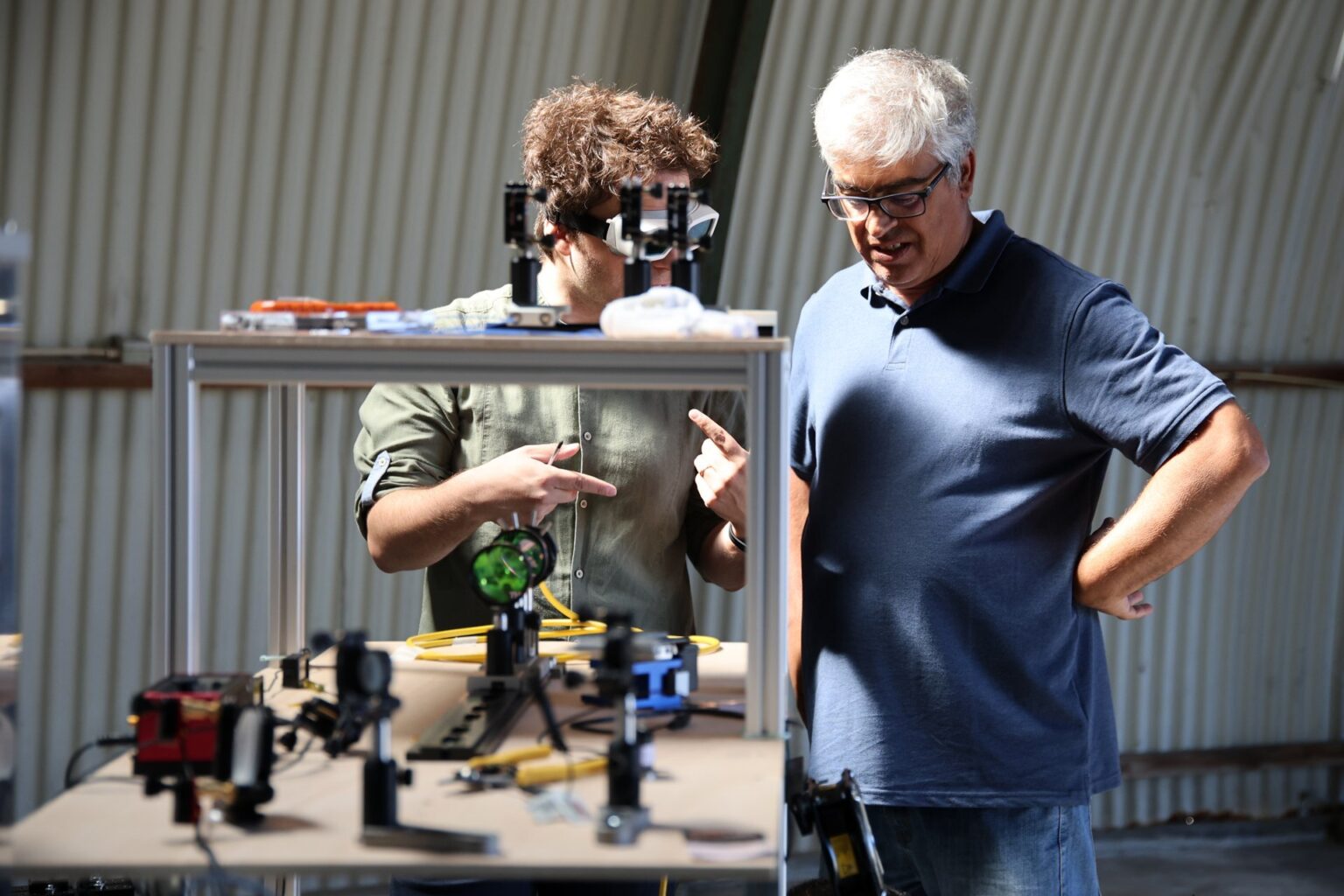European engineers have developed a powerful fiber-optic laser that will be used in space. It will be able to transmit energy over a long distance and can be used to power small spacecraft.

Laser in space
Lasers have long been used in space technology to transmit a signal from one spacecraft to another. In this capacity, they confidently displace radio transmitters. However, a development recently demonstrated by European researchers has shown that they can also make a revolution in providing spacecraft with energy.
We are talking about the WipTherm project. Several scientific institutions from Portugal participated in it: the Institute of Systems and Computer Engineering, Technology and Science and the Institute of Physics for Advanced Materials, Nanotechnology and Photonics. They demonstrated the result of their work at the Aveiro air base.
The developers could demonstrate a laser capable of producing a beam with an output power of 20 watts for a sufficiently long time. They directed it to the thermoelectric cells installed on the CubeSat, which was located nearby, and were able to provide it with energy
Why do satellites need laser power?
The issue of providing satellites with energy at a distance is very important. The demand for CubeSats and similar-sized vehicles is growing all the time. However, it is almost always impossible to place solar panels on them that can ensure their operation for years, both for technical and financial reasons.
Therefore, the developers put simple batteries on them instead. As soon as they are discharged, the spacecraft stops functioning. If it were possible to place a laser on a larger spacecraft with solar panels, and small thermoelectric batteries on a CubeSat, this could significantly extend the lifetime of the latter.
This task was solved by Portuguese engineers. They have developed a fiber-optic laser that operates at a wavelength of 1550 nm and consumes no more than 40 watts of energy, and they succeeded.
The current sample operates in a constant mode with a fairly low power. However, in the future it is planned to be redesigned so that it can produce short pulses with a power of 1 kW. Such a laser will be able to instantly recharge the batteries of satellites.
According to phys.org
Follow us on Twitter to get the most interesting space news in time
https://twitter.com/ust_magazine


